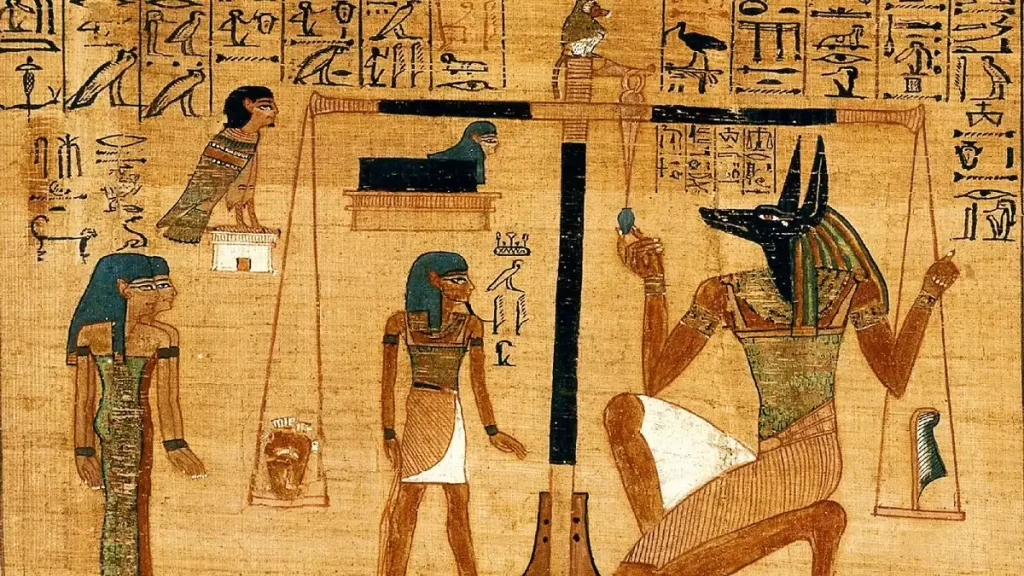
The Book of the Dead
[ez-toc]
Book of the Dead
Because they believed there might be hereafter, the ancient Egyptians spent a significant lot of effort and imagination developing the enigmatic book of the dead, which represents the afterlife. They were widely used for 1500 years, from the Greco-Roman era through the Old Kingdom of Egypt (2575-2150 BC) (332 BC-642 AD). The first collection of the texts was published in 1842 by the renowned German Egyptologist Karl Richard Lepsius under the original title “Book of Coming Forth by Day” or “Book of Emerging Forth into the Light.” The book of the dead was never completely codified, and since each copy was made for a specific person who had passed away, no two copies are exactly alike.
History of the Book of the Dead
The pyramid texts, a tradition of funeral manuscripts, are what gave rise to the book of the dead, which has a long history dating back to the old kingdom about 2400 BCE. These texts were inscribed in an uncommon hieroglyphic manner on the walls of the pharaohs’ burial chambers inside of their pyramids. Their intention was to serve as a manual, supplying all the information required and instructing the dead on how to endure in the hereafter and ascend with the gods. The Coffin Texts, which are somewhat of an update of the Pyramid Texts, originally appeared in the middle kingdom of Egypt (2030–1650 BC) and quickly gained popularity due to their fresh language, new spells, and drawings. They were written mostly on coffins but sometimes on tomb walls or on papyri.
The book gained enormous popularity by the 17th dynasty since it no longer only included members of the royal family but also courtiers and officials. The book was already an important element of their society by the time of the New Kingdom (1570–1069 BCE), and it could be discovered in the tomb of anyone who could afford one since someone who is about to die can hire a scribe and produce his own personal book. The book was still in use during the Ptolemaic Dynasty (323–30 BCE), and each book had a variety of copies, forms, and sizes.
Contains the Book of the Dead
The book served as a template for rituals involving magic and religion. The book contains about 192 spells that have a variety of uses. One of the most well-known spells in the book is spell 125, “The Weighing of the Heart,” which determines whether a deceased person will enter the Reed fields or cease to exist during the afterlife. This judgement takes place in the Hall of Truth in front of Osiris, the King of the Underworld. More and more individuals wanted the book in order to gain the favour of the overlord of the underworld because of the popularity of Osiris and his significance in eternal judgement. There are numerous magical methods for making amulets in the book. Additionally, it provided several explanations and examples of the mummification procedure, the Ka (life force), the Heka (magic), metamorphosis, the afterlife, and the legal system.



